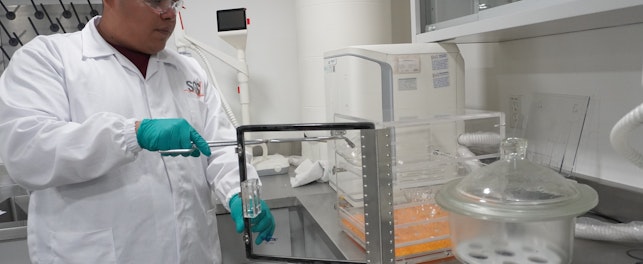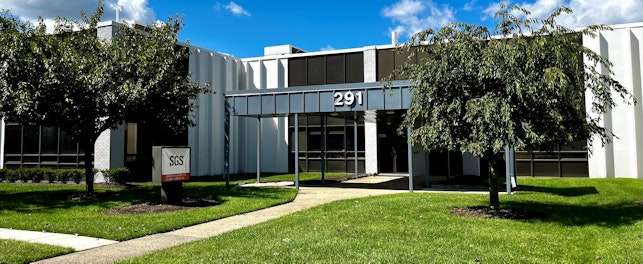Clothing and footwear businesses face multiple challenges in today’s markets. To succeed, they need to adopt new strategies that ensure supply without a reduction in quality.
Challenge
Global political instability; rising fuel and energy costs; regulators demanding greater sustainability and empowered, knowledgeable consumers seeking more reliable products from transparent supply chains that have a positive impact on the communities and environments in which they operate. The drivers impacting global garment and footwear markets are changing and intensifying.1
In the last few decades, textile and footwear brands and retailers have typically relied on global, linear supply chains. These have delivered cost reductions and consistency but, in an uncertain and physically disconnected world, they come with the inherent risk that supply could become disrupted and unreliable.
Response
Agile, dynamic supply chains are replacing traditional linear models. Brands and retailers are looking at diversification and near-sourcing to enable greater flexibility while reducing their environmental impact. A reduction in distance to market will result in a significant reduction in CO2 emissions.
There are multiple benefits to these new dynamic sourcing solutions. Alongside supply chain risk mitigation, they offer the chance to reduce transport costs, improve brand reputation and ensure compliance with market demands for sustainability.
However, there is a major downside. An increase in the number of suppliers in a chain can make it difficult to manage quality and, if quality is not maintained, this can result in products failing to sell, recalls, reputation damage and/or additional costs for rework.
Supply Chain Management
Brands and retailers need to be certain they are working with the right suppliers. They need to be certain that a factory can deliver on its promises, is choosing the right inputs and production methods, has the necessary accreditations for compliance, and that quality is maintained throughout production, storage and transportation. When every aspect of a supply chain is critical, the retailer cannot rely on output controls to maintain quality.
The impact of poor quality control isn’t always just financial. Real life examples of harmful and damaging failures include broken needles, scissors and wire in finished garments, retailers receiving moldy goods, and Chromium VI formation in leather materials. Output controls must be replaced with an effective upstream management system.
Moving quality control from the end to the start of the supply chain means brands and retailers can ensure a supplier’s factory can deliver the products they want by checking:
- Capability to manufacture, store and transport a product to the required specification
- Capacity to manufacture the required amounts
- Technical competencies and production processes to ensure they are right for maintaining and controlling quality
However, managing dynamic supply chains can be challenging, especially when the ability to travel is disrupted by hybrid working models and the realities of the ’new-normal’.
Upstream Solutions
Retailers should employ a range of solutions to ensure effective upstream management of the supply chain and the delivery of high-quality products:
- Technical Factory Assessment (TFA) – evaluates a factory’s capability and process management, identifying potential process risks and areas for improvement
- Production Readiness Check (PRC) – assesses a factory’s readiness for mass production in relation to a specific order – reducing costs and mitigating risks
- Onsite Production Control (OPC) – on-site assessment and preventive advice to secure bulk quality at an early stage
SGS Solution
SGS Advanced Field Service is an analytical tool that clearly defines potential problems in the supply chain. It supports effective supplier identification, material sourcing, operational process evaluation and data analysis. The service incorporates TFA, PRC and OPC to create a single, highly effective solution to upstream supply chain management. It also offers efficient upstream quality control solutions for issues such as Chromium VI formation, metal contamination and mold prevention.
We have specially developed strategies for both clothing – Garments Operational Optimization Diligence Services (GOODS) – and footwear – Footwear Operational Optimization Technical Service (FOOTS) – to help brands ensure their end products conform to regulatory and customer-specific requirements.
For brands and retailers operating in these new dynamic trading environments, SGS Advanced Field Service provides the ideal solution for ensuring competitiveness through continued enhancements in quality.
Find out more about SGS’s services for Softlines & Accessories.
Enjoyed this article?
Find more news and updates in our Consumer Compact newsletter.
Delivered Direct to your Inbox
Subscribe to Consumer Compact.
Follow us on LinkedIn.
For further information, please contact:
Lily Pang
Business Manager
SGS Hong Kong Limited
t: +852 60185414



